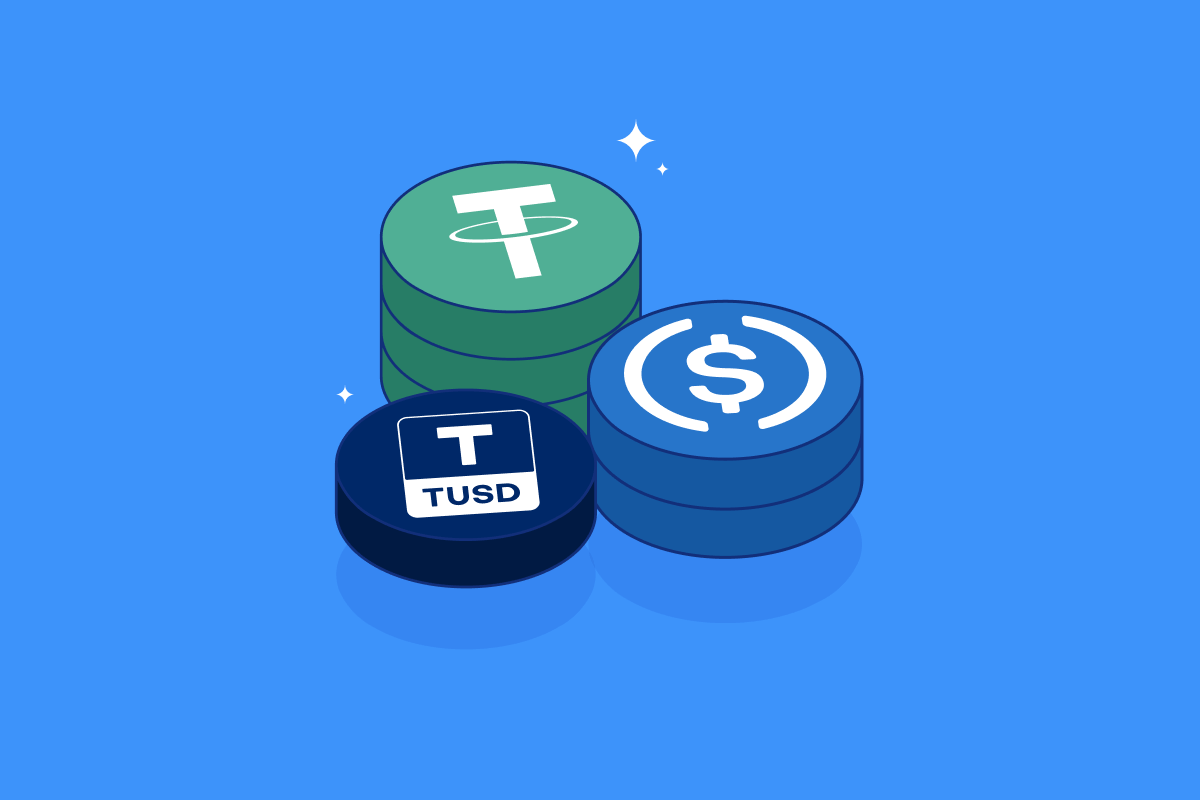Vesting in Cryptocurrency
Vesting refers to the process through which an individual or entity earns the right to receive or control a certain amount of assets, often in the form of tokens or equity, after meeting specified conditions over a predetermined timeline. In the context of cryptocurrency and blockchain projects, vesting plays a crucial role in ensuring the alignment of interests among stakeholders such as developers, investors, and team members. This mechanism not only helps to secure the long-term viability and stability of the project but also plays a significant role in the overall confidence of the crypto market.
Importance of Vesting in Crypto Projects
- Alignment of Interests: Vesting aligns the interests of the team members and investors by ensuring that they are dedicated to the long-term success of the project.
- Reduction of Market Volatility: By preventing immediate liquidation of tokens, vesting helps to reduce the market volatility typically associated with new crypto projects.
- Incentivization of Performance: Vesting schedules reward performance and commitment, encouraging team members to contribute effectively to the project’s development.
- Trust and Credibility: Implementing vesting programs enhances trust among community members and investors by showcasing a commitment to the project’s longevity.
Types of Vesting in Cryptocurrency
- Standard Vesting: This is the most common format, where tokens are released to users or team members periodically over a set schedule.
- Cliff Vesting: In this model, there is a predetermined period during which no tokens are vested. After the cliff period ends, a larger portion of tokens is released at once, followed by regular periodic releases.
- Graded Vesting: Tokens are distributed gradually over time, with a certain percentage released at regular intervals until the total vesting is complete.
- Performance-Based Vesting: Vesting is contingent upon achieving specific milestones or performance metrics, ensuring that tokens are only released when particular goals are met.
Typical Vesting Schedules
- Duration: Common vesting durations range from one to four years, with some projects opting for longer terms depending on the nature of the project.
- Release Frequency: Tokens can be released monthly, quarterly, or at other defined intervals depending on the agreement among stakeholders.
- Initial Vesting Period: A typical initial locking (or cliff) period could last from three months to one year, during which no tokens are released.
Benefits of Vesting
- Encourages Long-Term Thinking: Vesting promotes a focus on long-term goals rather than short-term gains, fostering sustainable development.
- Prevents Dumping: By delaying token access, vesting mitigates the risk of large sell-offs that can negatively affect market prices.
- Enhanced Team Morale: Vesting aligns the compensation of team members with the project’s success, boosting motivation and morale.
- Community Confidence: When investors see that team members have a vested interest in the project’s future, it fosters trust and engenders community support.
Challenges Associated with Vesting
- Complexity: Designing a vesting schedule that is fair, efficient, and effective can be a complicated task requiring careful consideration.
- Market Manipulation: If not structured properly, large amounts of vested tokens can still create opportunities for market manipulation.
- Investor Frustration: If token release schedules are prolonged without clear communication, it can lead to frustration among investors.
- Risk of Centralization: If the majority of tokens are held by a small group due to vesting, it may lead to centralization and governance issues within the project.
Conclusion
Vesting is an essential mechanism in the cryptocurrency space, designed to ensure that stakeholders remain committed to the long-term success of projects. By fostering trust, stability, and alignment of interests, vesting not only benefits developers and team members but also reassures investors. As the crypto industry continues to evolve, understanding the nuances of vesting will remain crucial for both participants and observers alike.


















